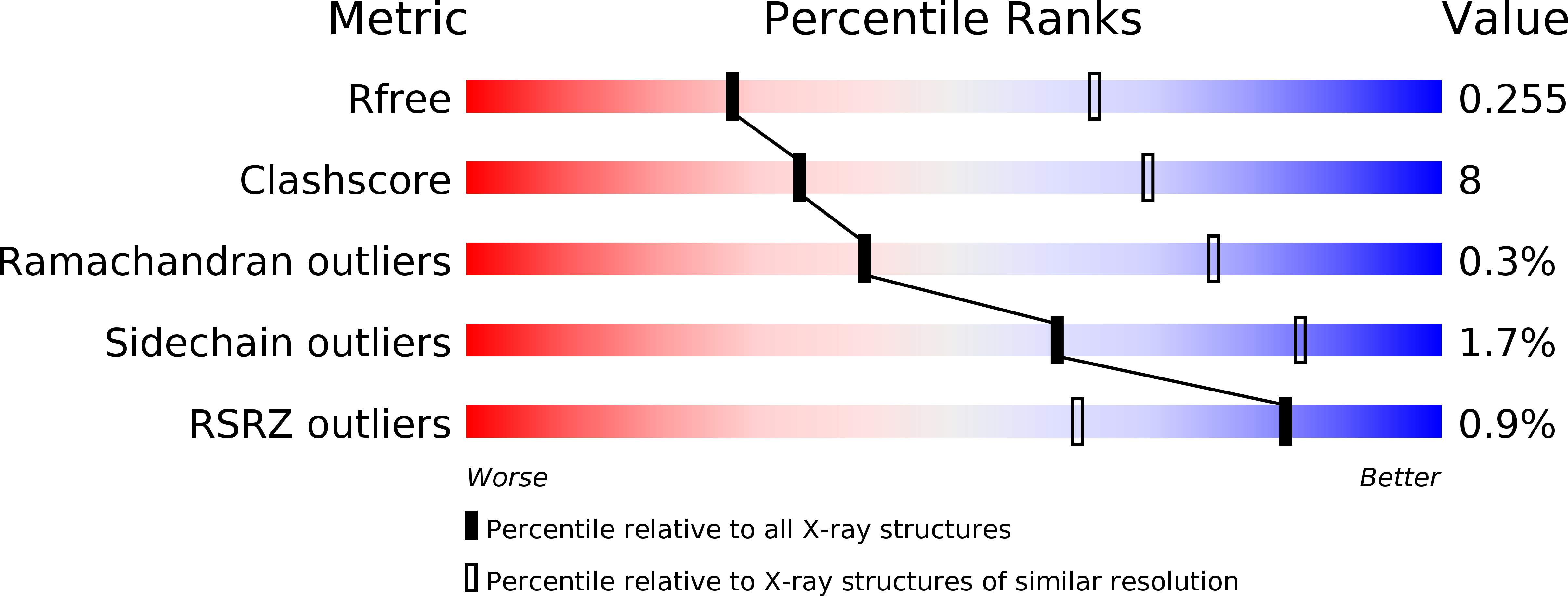
Deposition Date
2019-09-06
Release Date
2020-06-10
Last Version Date
2024-12-25
Entry Detail
PDB ID:
6U8V
Keywords:
Title:
Crystal structure of DNMT3B-DNMT3L in complex with CpGpT DNA
Biological Source:
Source Organism:
Homo sapiens (Taxon ID: 9606)
Host Organism:
Method Details:
Experimental Method:
Resolution:
3.00 Å
R-Value Free:
0.24
R-Value Work:
0.21
R-Value Observed:
0.21
Space Group:
P 31


